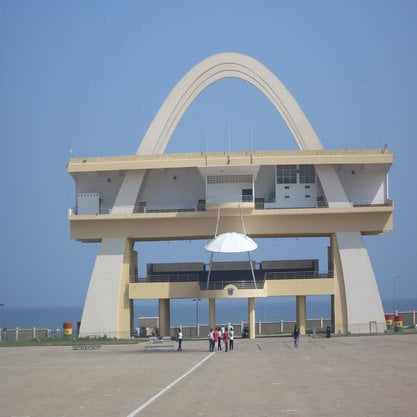Article
Spaces for Modern Art in North Africa By Pieprzak, Katarzyna
Article
In the twenty-first century, works of modern art appear in national museums, private museums, galleries, and independent exhibit spaces across North Africa (defined here as Morocco, Algeria, Tunisia, Libya, and Egypt). The most significant of these spaces are the Museum of Modern Art Algiers (MAMA) in Algeria (founded in 2007), and the Museum of Modern Egyptian Art in Cairo (founded in 1927). However, in the 1950s and 1960s, at the height of the modern art movement in the region, there were very few public museum or gallery spaces for modern art. With the notable exception of Egypt, national museums across the region were for the most part inherited colonial structures. In line with the colonial logic behind their creation, these museums tended to display archaeological finds and local arts that were considered traditional such as pottery, textiles, manuscript illumination, and woodcarving. From the 1950s to the 1990s, the majority of work by North African modernists was displayed abroad or in small galleries, local salons, fine arts academies, or art festivals. North African artists also worked to create alternative spaces for modern art, in street exhibits, art publications, and independent galleries.

